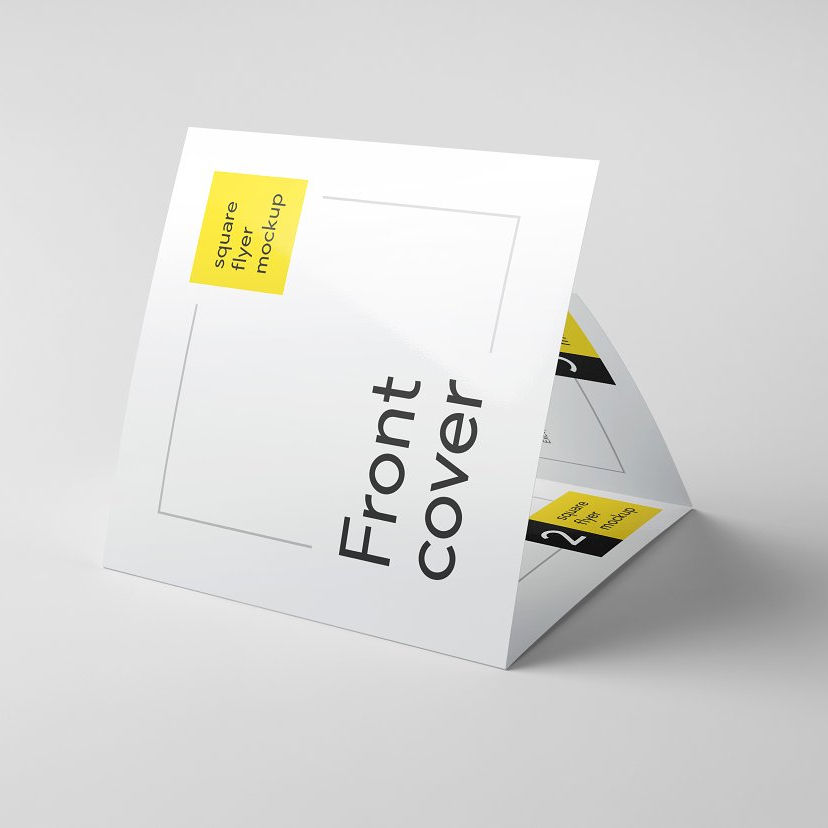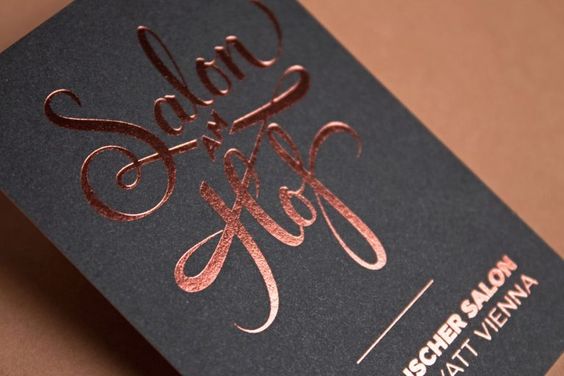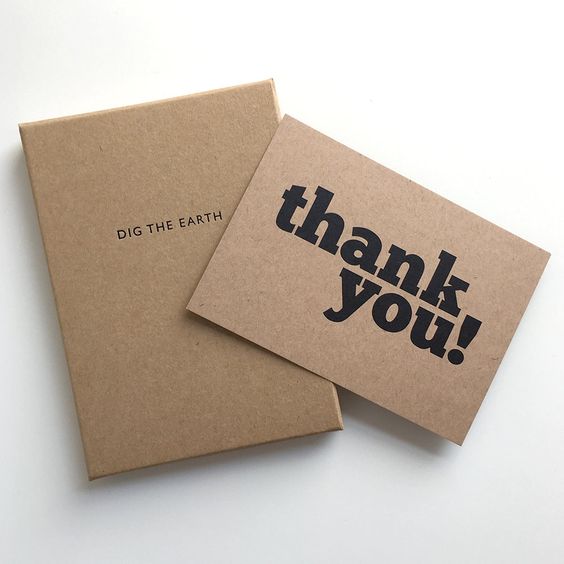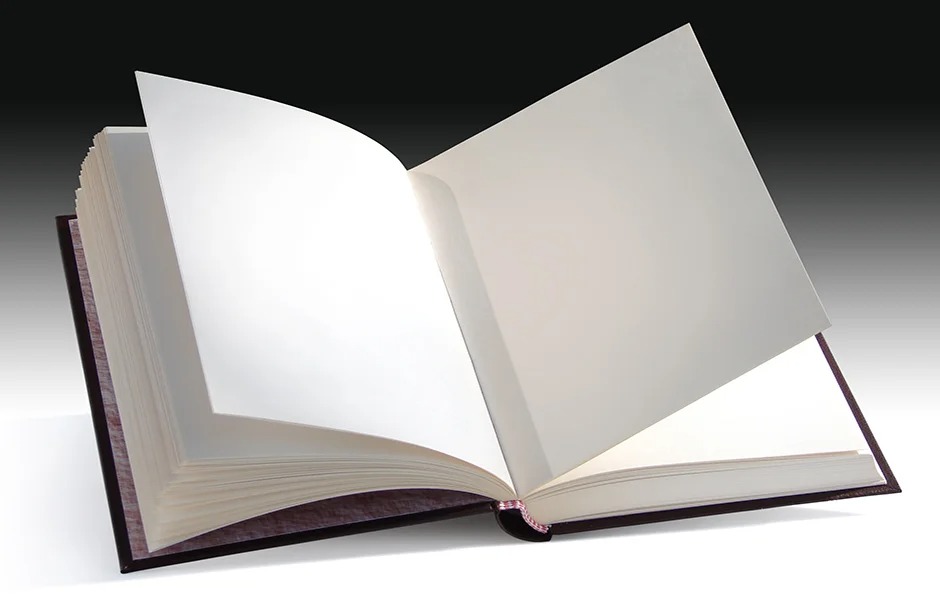Introduction
Selecting the right paper is a crucial step in the booklet printing process. It can significantly impact the final product’s look, feel, and durability. As a booklet printing service, we understand the importance of making an informed decision regarding Booklet Printing Paper. This article will guide you through critical considerations to help you choose the best paper for your booklet printing needs.
Understanding Different Types of Paper
Paper Weight and Thickness
- The weight of the paper, measured in GSM (grams per square meter), is a critical factor in booklet printing. It determines the paper’s thickness, rigidity, and overall feel. Higher GSM values indicate thicker and more durable paper.
- Deciding on the right paper weight depends on the booklet’s purpose. For instance, a higher GSM is often preferred for premium marketing materials to convey quality, while a lower GSM might be sufficient for informational brochures.


Paper Finish Options
- The finish of the Booklet Printing Paper plays a significant role in the aesthetics of your booklet. Standard options include matte, glossy, and satin finishes.
- A matte finish offers a non-reflective surface, ideal for readability and a classic look. Glossy finishes are perfect for vibrant colors and image-heavy designs, whereas satin offers a balanced sheen that works well with text and images.
Factors Influencing Paper Choice
Purpose of the Booklet
- The intended use of the booklet is a decisive factor in selecting the suitable Booklet Printing Paper. A high-quality, durable paper is ideal for booklets that will be handled frequently, such as product catalogs or portfolios.
- A more cost-effective paper type may be sufficient for booklets that serve informational purposes like event programs or instruction manuals.
Print Quality and Color Reproduction
- Different papers interact uniquely with ink, influencing the print quality and color reproduction. Glossy papers, for example, tend to make colors appear more vibrant and are excellent for image-heavy designs.
- It’s important to consider how the paper will display text and images. A smoother paper provides higher clarity and sharpness, making it suitable for detailed graphics and fine text.
Balancing Quality and Cost
Budget Considerations
- When selecting Booklet Printing Paper, balancing quality with budget constraints is essential. Higher-quality papers typically come at a higher cost but offer a more professional look and feel.
- For projects with tight budgets, many paper options are available that can provide a good balance between cost and quality, ensuring the final product meets both financial and aesthetic requirements.
Bulk Printing and Economies of Scale
- Considering the scale of your booklet printing project can also influence your paper choice. Larger print runs often reduce the cost per unit, allowing for a better quality paper within the same budget.
- Discussing print quantities with your printing service can provide insights into the most cost-effective options for your project.
Environmental Considerations
Eco-Friendly Paper Options
- In today’s environmentally conscious world, choosing eco-friendly Booklet Printing Paper is becoming increasingly important. Options like recycled paper or paper from sustainably managed forests (FSC-certified) are popular choices.
- Using eco-friendly paper not only helps reduce the environmental impact but can also enhance the brand image of companies keen to demonstrate their commitment to sustainability.
Practical Tips for Booklet Printing Paper Selection
Sample Review and Testing
- Before finalizing the paper for your booklet, reviewing samples is beneficial. This allows you to feel the texture, see how the paper holds ink, and assess the overall quality.
- Conducting a print test on different types of paper can help you understand how your specific design will look on each and aid in making an informed decision.
Consulting with Printing Professionals
- Leveraging the expertise of your printing service provider can be invaluable in selecting the suitable Booklet Printing Paper. They can provide professional recommendations based on your project’s requirements and experience.
- A professional printer can also advise on the latest trends and innovations in paper choices, ensuring your booklet stands out.
Conclusion
Selecting the right paper for your booklet is a decision that combines practicality, quality, and aesthetics. Considering factors like paper weight, finish, purpose, and budget, you can choose the best Booklet Printing Paper that meets your needs and elevates your project. Remember, the right paper can transform a simple booklet into an impressive piece that resonates with your audience.
FAQs
Q: How does paper weight affect the shipping cost of my booklets?
- A: Heavier paper increases the overall weight of the booklets, which can lead to higher shipping costs. It’s important to factor this in when choosing your paper, especially for large quantities.
Q: Can I use different types of paper within the same booklet?
- A: Combining different paper types for covers and inner pages is common in booklet printing and can add a unique touch to your project.
Q: Are there any special storage considerations for printed booklets?
- A: To preserve the quality of your booklets, store them in a cool, dry place away from direct sunlight. This is particularly important for booklets printed on glossy paper, as they can stick together in high humidity.




